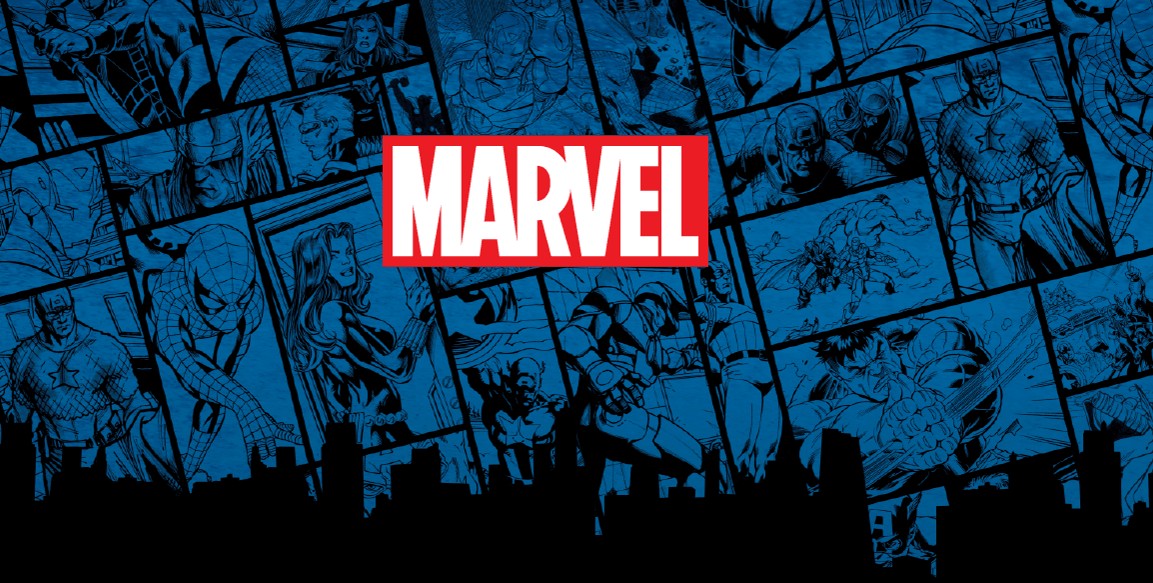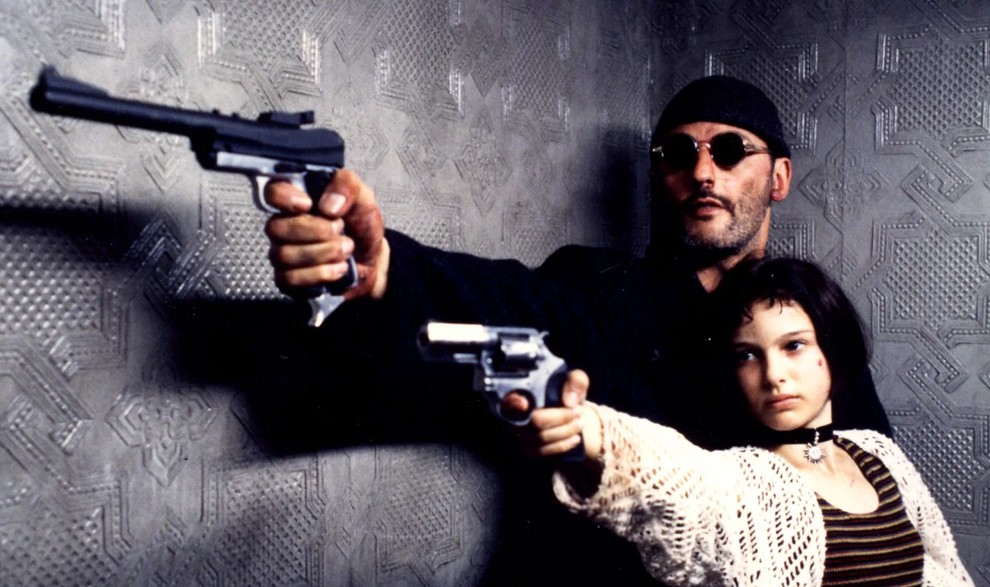
Few games have left as indelible a mark on popular culture as Mortal Kombat. From its controversial arcade debut to its current reign as a cinematic fighting game powerhouse, this franchise has consistently pushed boundaries, shocked parents, and delighted millions with its unique blend of visceral combat, intricate lore, and, of course, those iconic fatalities.
So, buckle up, kombatants, as we take a bloody trip down memory lane to explore the history of Mortal Kombat.
The Genesis: A Dragon’s Roar in the Arcade (1992-1995)
In 1992, Midway Games unleashed Mortal Kombat upon unsuspecting arcades. Conceived by Ed Boon and John Tobias, the game was originally meant to be a Jean-Claude Van Damme tie-in, but evolved into something far more audacious. Utilizing digitized live actors for its character sprites, Mortal Kombat had a distinct, gritty realism that set it apart from the cartoonish aesthetics of its main rival, Street Fighter II.
But what truly made MK an instant phenomenon (and a source of outrage for concerned parents) was its unprecedented level of graphic violence. Blood splattered with every hit, and at the end of a match, players could execute a “Fatality” – a gruesome, over-the-top finishing move that often involved dismemberment, decapitation, or worse. This controversy was a double-edged sword: it led to the creation of the ESRB rating system, but also cemented Mortal Kombat‘s status as a cultural touchstone. Characters like Scorpion, Sub-Zero, Raiden, and Liu Kang became instant legends.
The success of the original led to an explosive sequel, Mortal Kombat II (1993), which perfected the formula with more characters, more moves, and even bloodier Fatalities. It introduced Babalities (turning opponents into babies) and Friendships (non-lethal, humorous finishers), showcasing the team’s willingness to inject humor into the carnage. Mortal Kombat 3 (1995) and its updated version, Ultimate Mortal Kombat 3 (1995), pushed the 2D era to its limits, adding run buttons, combo systems, and a massive roster, solidifying the franchise’s dominance in the arcade scene.
The Leap to 3D and a Search for Identity (1997-2008)
As gaming transitioned to 3D, Mortal Kombat faced the challenge of adapting its unique style. Mortal Kombat 4 (1997) was the first fully 3D installment, introducing weapon combat and a more cinematic approach to its Fatalities. While a solid effort, it struggled to capture the magic of its 2D predecessors.
The franchise found its footing again with the PlayStation 2/Xbox era. Mortal Kombat: Deadly Alliance (2002) introduced multiple fighting styles per character and a deeper Konquest mode, offering more than just arcade ladders. Mortal Kombat: Deception (2004) expanded on this, bringing back the Konquest mode, adding Puzzle Kombat and Chess Kombat, and introducing “Death Traps” in stages. Mortal Kombat: Armageddon (2006) boasted the largest roster in franchise history, along with a “Kreate-a-Fatality” system, which ultimately felt less satisfying than bespoke finishers.
This period also saw the experimental crossover Mortal Kombat vs. DC Universe (2008), which, despite toning down the violence for a Teen rating, laid the groundwork for the modern era of cinematic story modes and set the stage for the franchise’s spectacular return.
The Reboot and the Reign of NetherRealm Studios (2011-Present)
After the creative team (now NetherRealm Studios, led by Ed Boon) left Midway, they delivered what many fans consider a perfect soft reboot: Mortal Kombat (2011). This game completely revitalized the franchise, returning to a 2D fighting plane but with stunning 3D graphics. It retold the events of the first three games through a critically acclaimed, cinematic story mode that became a benchmark for the genre. X-Ray moves added a new layer of visceral impact, and the Fatalities were more brutal than ever. The fans rejoiced.
The success continued with Mortal Kombat X (2015), which introduced character variations, a faster pace, and a new generation of kombatants. Mortal Kombat 11 (2019) further refined the gameplay with Krushing Blows, a beefier customization system, and an even more intricate time-bending narrative.
Most recently, Mortal Kombat 1 (2023) has once again rebooted the timeline, offering familiar characters in new roles, alongside the innovative “Kameo Fighters” system, which allows players to call upon classic characters for assist attacks and finishers.
The Legacy: More Than Just Blood and Gore
Through all its evolutions, Mortal Kombat has remained instantly recognizable. Its impact stretches beyond just button mashing:
- Iconic Characters: Scorpion, Sub-Zero, Liu Kang, Raiden, Johnny Cage – these names are synonymous with gaming history.
- Deep Lore: What started as a simple tournament has evolved into a complex narrative spanning multiple realms, gods, and timelines.
- Cultural Influence: Movies, TV shows, comics, merchandise – MK’s reach is undeniable. It even coined the term “Fatality” for general lexicon.
- Competitive Staple: Despite its casual appeal, Mortal Kombat has a thriving competitive scene, with players dedicating countless hours to mastering its intricate systems.
From its controversial beginnings in the arcade to its current status as a top-tier fighting game, Mortal Kombat has proven its enduring appeal. It’s a testament to bold vision, continuous innovation, and a willingness to embrace its own brutal, over-the-top identity. And as long as there are realms to conquer and kombatants to finish, Mortal Kombat will continue to reign supreme.






